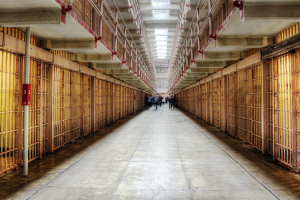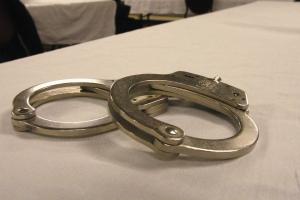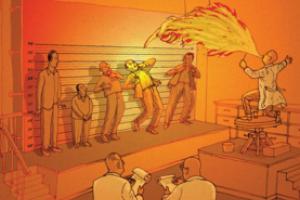Who's Behind Unpaid Prison Labor in Texas?
LittleSis
Several of the officials charged with regulating Texas’s prison labor program, wherein thousands of workers behind bars are compelled to produce goods and provide services for free, are connected to some of the richest and most powerful institutions and people in the state.









Spread the word